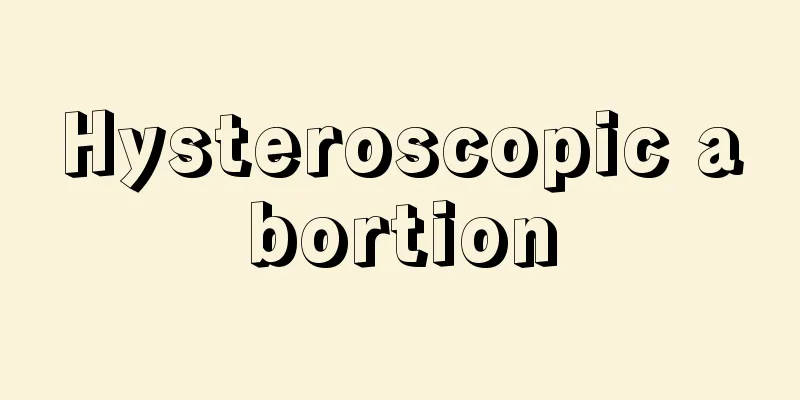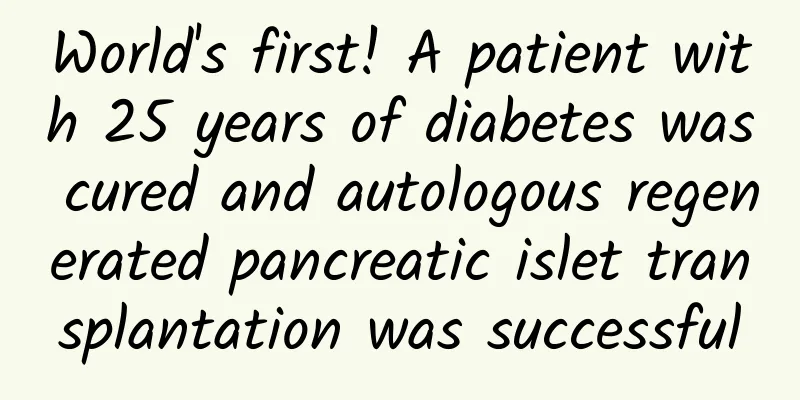Hysteroscopic abortion

|
When an unexpected pregnancy occurs, most people will take turns to stop the pregnancy, but abortion will cause great harm to the female body, and before the abortion, various indicators in the female body must meet the standards before the operation can be performed. Generally, hysteroscopy is used for abortion. This process is very painful and cruel. So what are the harms of hysteroscopy for women? Hysteroscopic embryo retrieval was once very popular on the Internet. The most attractive thing about it is that it can directly remove the embryo under direct vision without harming other parts of the uterus, making it a method with the least damage. Nowadays, many people who are unable to have children undergo artificial abortions. Everyone is worried about the impact it will have on their future, so when they hear about this method, they are naturally willing to spend the money. To illustrate this problem, let us first look at the principles of hysteroscopic surgery. Hysteroscopy or surgery first requires uterine dilation, which means injecting a certain amount of fluid into the uterine cavity to stretch the uterus so that the situation inside the uterine cavity can be clearly seen. Therefore, hysteroscopy and treatment are generally performed within one week after the menstruation ends. At this time, the endometrium is thin, bleeding is not easy, and uterine cavity lesions are easy to see. The pregnant endometrium transforms into thickened decidua, the pelvic cavity becomes congested, and there is also embryonic chorion. If the uterus is dilated, as the pressure increases, these tissues may enter the abdominal cavity along the fallopian tubes, leading to diseases such as endometriosis and producing adverse effects. During an artificial abortion operation, not only the embryo needs to be removed, but its decidual tissue also needs to be cleaned out, instead of removing the embryo without damaging other parts as advertised. If it is not cleaned thoroughly, it will cause residue after the abortion, requiring a second uterine cleaning, which will cause greater damage. Hysteroscopic surgery may also cause some complications, such as uterine perforation, bleeding, low sodium water poisoning, etc. Therefore, hysteroscopy is not suitable for artificial abortion surgery. The Health Bureau has clearly stipulated in the family planning regulations that the use of hysteroscopy for artificial abortion is prohibited. |
<<: Why does uterine bleeding occur?
>>: What does uterine cavity echolessness mean?
Recommend
Black stuff from the uterus
It is always said that women are like water and n...
Psoriasis: A Challenging Skin Disease
Psoriasis, a seemingly ordinary term, hides many ...
Will my legs and feet swell if I'm pregnant with a boy?
Many people think that their legs and feet will o...
What are the symptoms of premenstrual syndrome?
Women will have some symptoms before their period...
What should you pay attention to before and after pregnancy?
After a couple has a child, some women choose to ...
Where can I buy a monologue Coca-Cola bracelet? What is the relationship between monologue and Chow Tai Fook?
The monologue Coca-Cola bracelet is a new product...
What are the transmission routes of gynecological diseases?
Gynecological diseases are not just one type of d...
Will herpes during pregnancy affect the fetus?
Any disease or discomfort that a pregnant woman e...
The discharge is bloody but not bleeding
We all know that women are very susceptible to in...
Why do you put tin foil on roasted corn (to prevent moisture loss and increase the taste of corn)
...
Can I have sex when I am three and a half months pregnant?
Three and a half months of pregnancy is the middl...
What is the normal weight for girls?
Each of us has a different age and physical const...
What is the difference between laparoscopy and hysteroscopy?
As we age, our body functions tend to deteriorate...
How to play Chicken Happy Little Bottle in Moments without watermark
The Chicken Eating Happy Bottle is an upgraded ve...









